What Are Polyethylene Wax or PE WAX Applications?
Waxes are solids that become liquid with low viscosity when the temperature rises. Waxes are often long chains of organic materials that have a melting range and no specific melting point. The deformation of waxes due to temperature changes is a very important factor in their applications. Waxes expand with increasing temperature and shrink rapidly with decreasing temperature, which is a very important factor in their use in various industries.
The composition of waxes varies, but most of the waxes are made from normal alkanes, hydrocarbons, or a mixture of saturated hydrocarbons, alcohols, esters, acids, and other substances.
When the wax is completely pure and refined, it would be completely dry and crispy.
Polyethylene wax is a very low molecular weight polyethylene polymer that is produced by two methods:
1- Polymerization at high pressure (using oxygen-containing catalysts)
2- Low-pressure polymerization (using Ziegler-Nata catalyst) or Free radical polymerization
Polyethylene waxes will be classified by type as below:
- High-Density Polyethylene Wax (HDPE)
- Low-Density Polyethylene Wax (LDPE)
- Oxidized Polyethylene Wax (OPE)
- Micronized Polyethylene Wax
- Emulsion Wax
Non-polar polyethylene waxes are used as external lubricants in most plastic-based and PVC products because the amorphous structure of polyethylene wax and its low viscosity act well as external lubricant agents.
It should be noted that in the PVC process, polyethylene wax migrates to the outer surface of the final product as an external lubricant, causing the final product to separate from the machine and the surface gloss factor, but its disadvantages reduce the melting rate of PVC. This defect can be prevented by using other additives or oxidized Polyethylene waxes.
Polyethylene wax is widely used in various industries due to the following properties:
- Good Thermal Stability
- Low Solubility
- Resistance To Chemicals Effect
- Melting Point
- Abrasion & Scrap Resistance
The main application of Polyethylene Wax in the industry would be as coatings (Solvent-Based Coatings).
PE WAX as coating would be effective in rub resistance, scrap resistance, polishing resistance, and matting.
The producer of PVC and plastic materials such as pipes, profiles, and cables prefer to use PE-WAX as a lubricant. PE WAX has a high softening point and this is a good advantage because in the process of production the temperature is very high, PE-WAX only turns into the liquid, and in this way, final product brightness would be so good.
Polyethylene Wax applications are as follows:
- External lubricant for PVC with high effective characteristic
- Masterbatch and PVC Base color
- Plastic (PE) and Polypropylene (PP) Base Masterbatch
- Color, Black & white Masterbatch
- External Lubricant for Wood-plastic composites (WPCs) (as Lubricant to reduce the temperature of the process and metal release agent in production compounds)
- Bitumen (Asphalt)
- Hot Glue (Hot-melt adhesive or HMA )



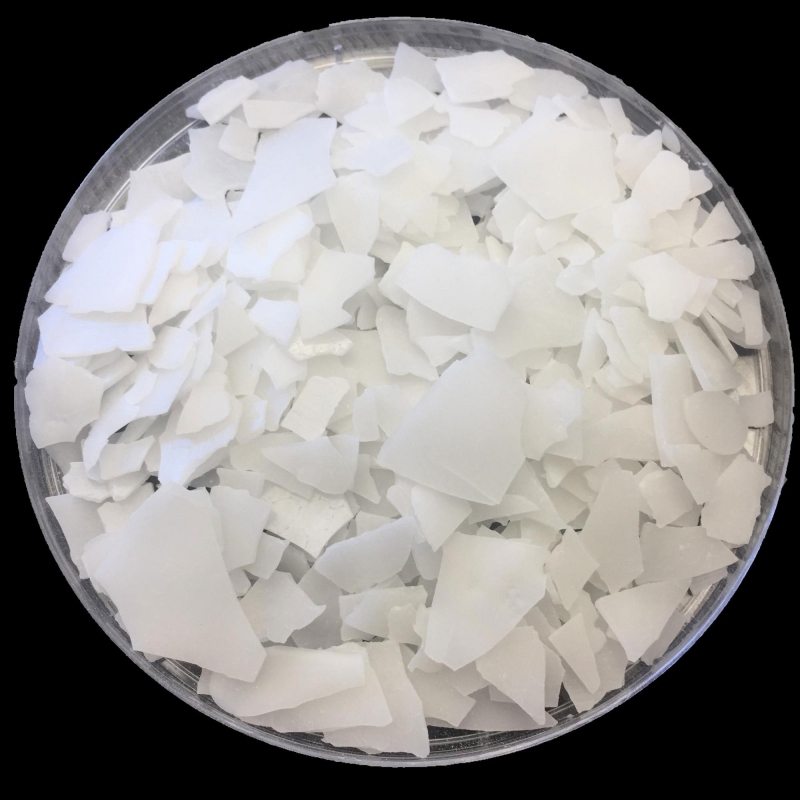
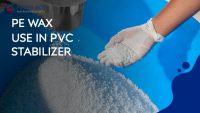
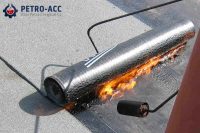
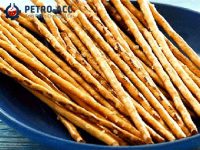
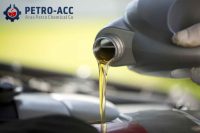
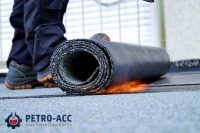
Leave A Comment